Littleneck clams
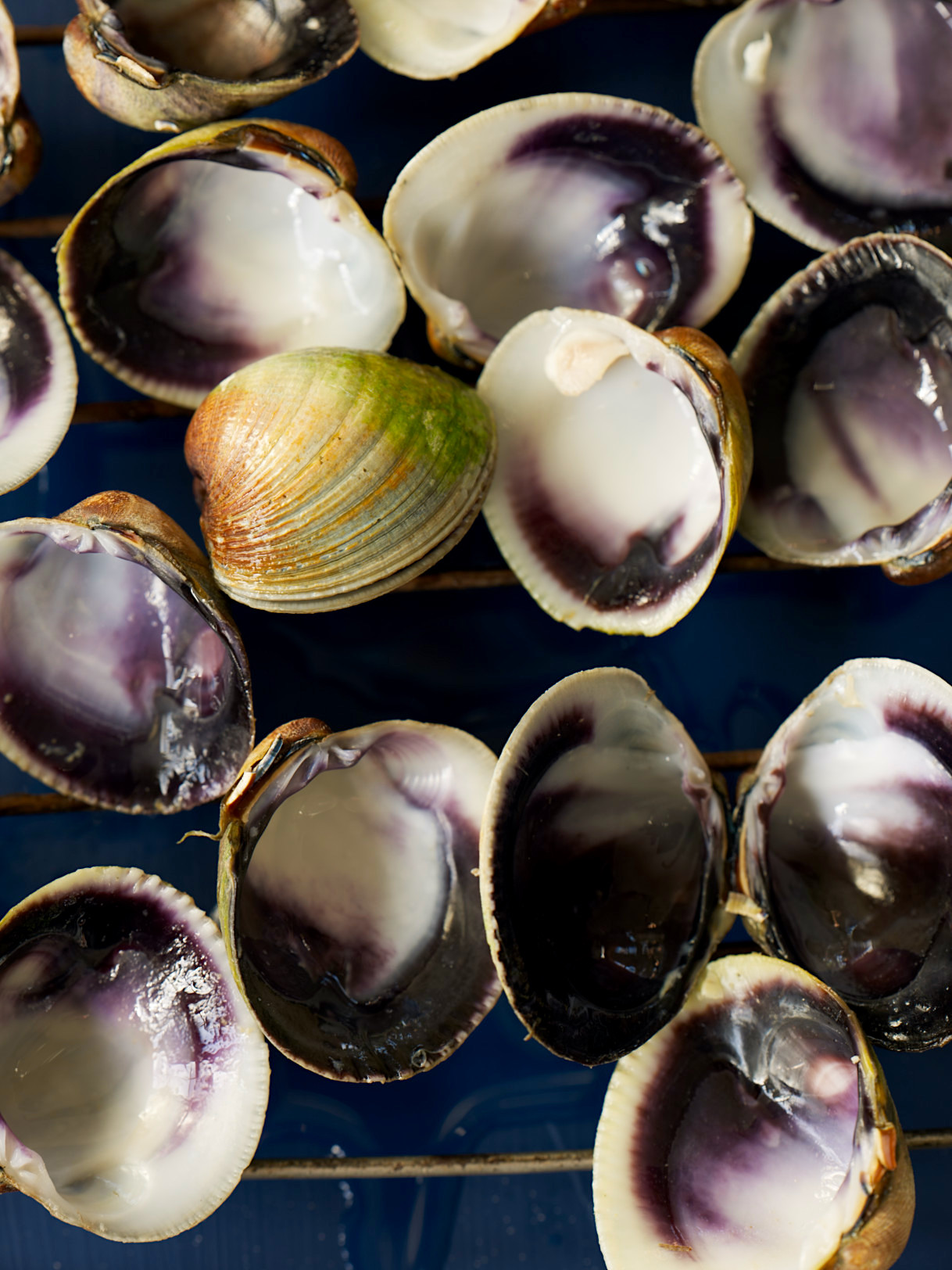
NZ littleneck clams – are they the same as cockles? Learn all about them.

NZ littleneck clams – are they the same as cockles? Learn all about them.
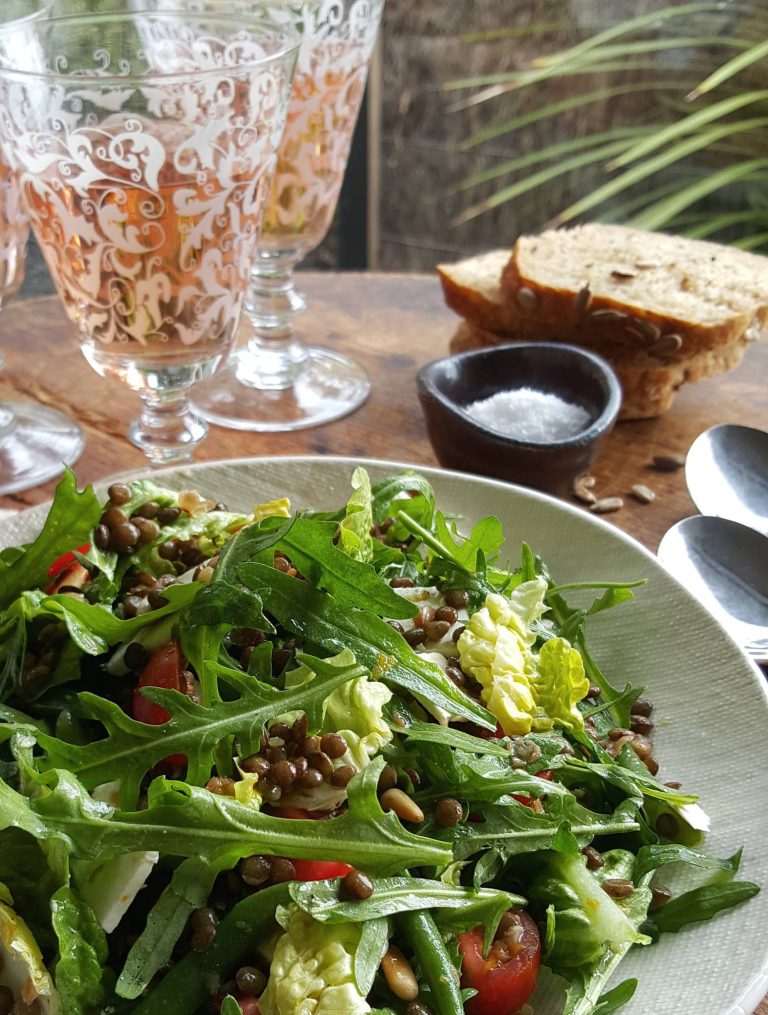
Sherry vinegar has nuances of roasted nuts, oaky notes from the barrels it is matured in, and sweet floral spices. Add a splash to the pan to lift flavours.
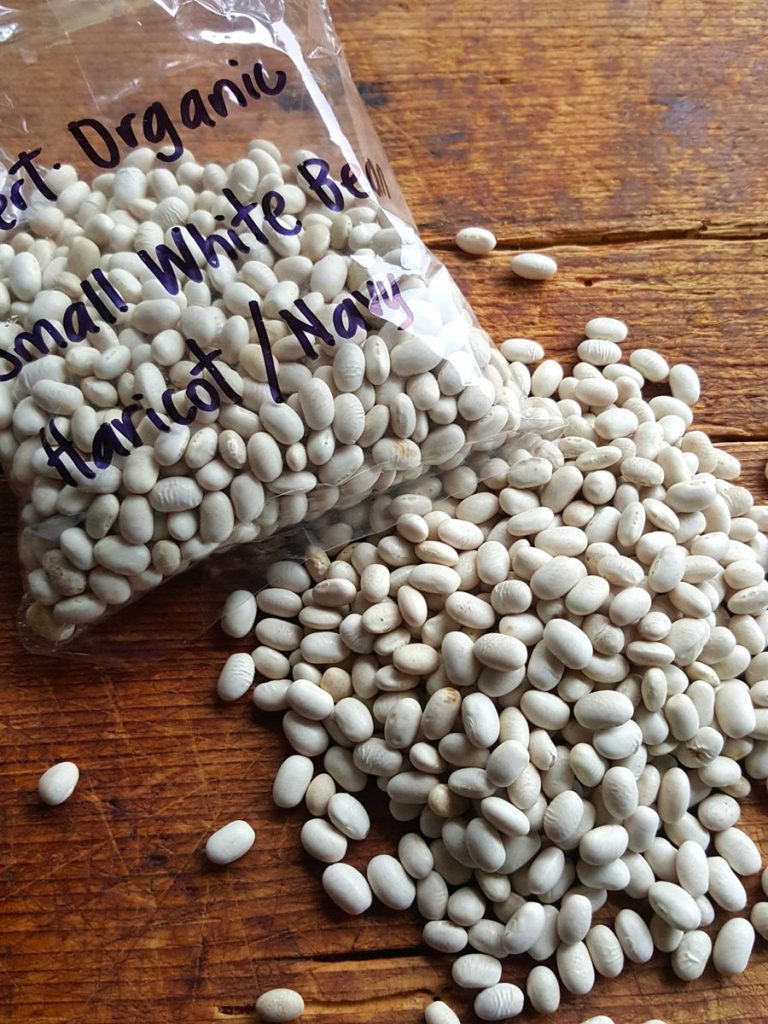
Get savvy, save dollars and feed your family well!
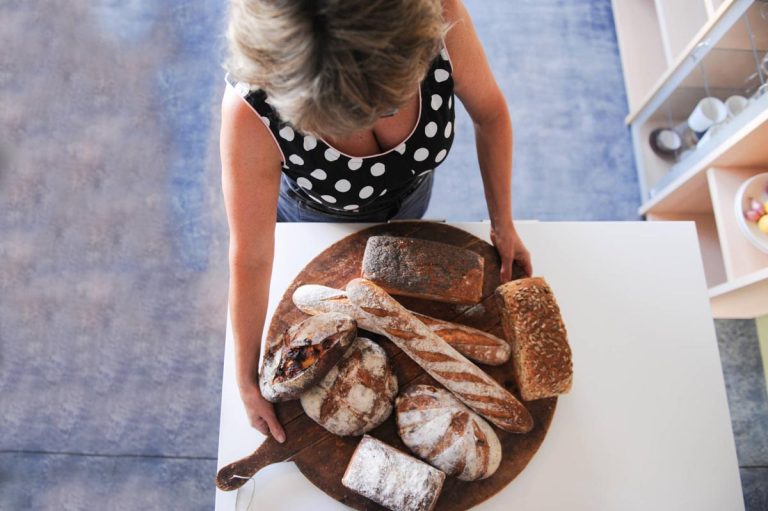
How to get a professional result with homemade breadcrumbs
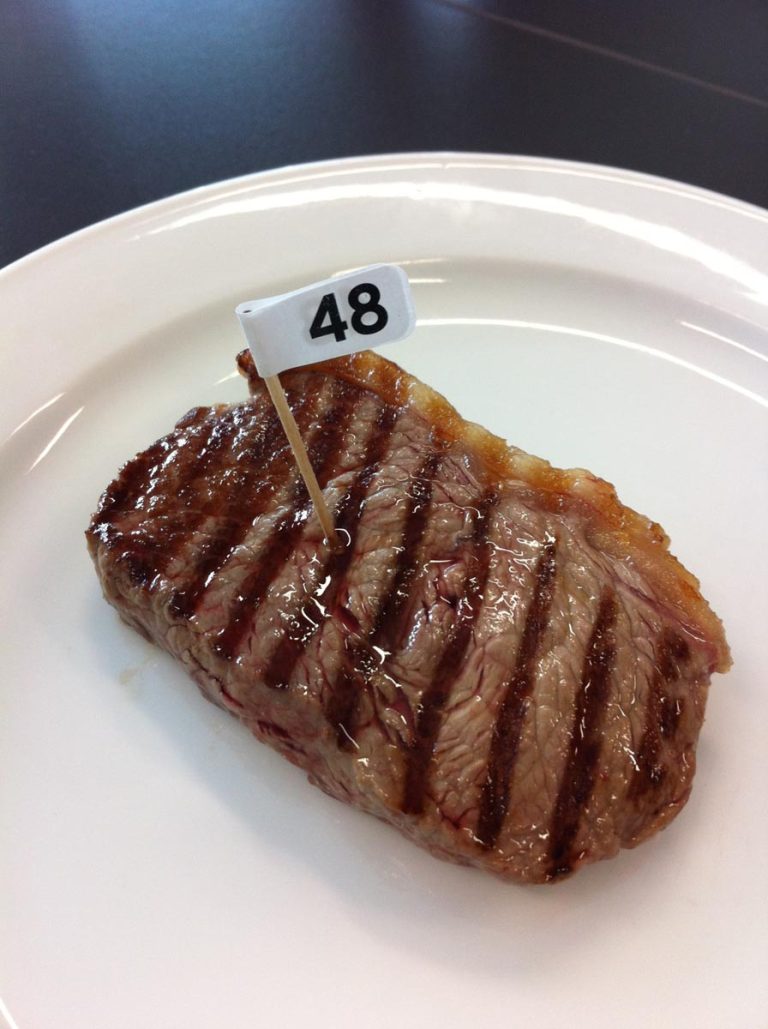
To check cooked meat for doneness, including beef steaks, press with tongs, or your fingers. Read more.
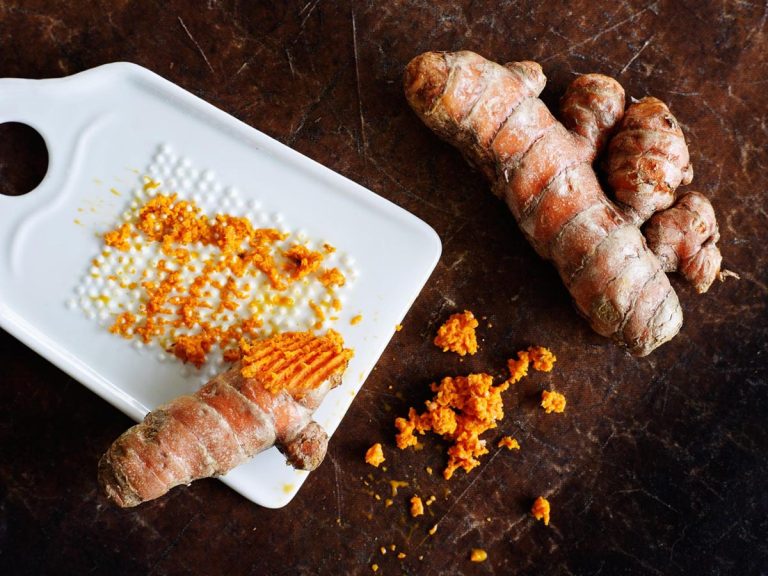
Whoo-hoo. Yellow gold. An antiseptic, a gargle, a digestive aid, clears sinuses, too, and it’s a much-loved preservative in pickles and chutneys. Add some to your vege shakes for a health kick.
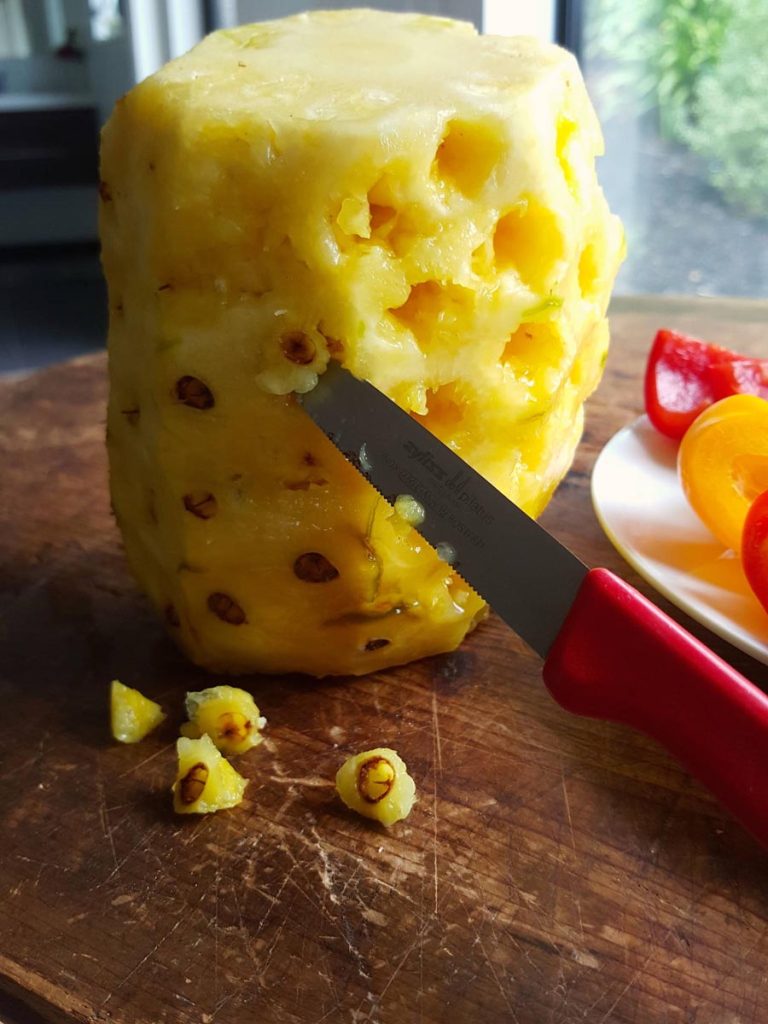
Removing the eyes (little pesky bits) from a pineapple, and the core, ensures a tender mouthful of juiciness with every slice.
No products in the basket.
Welcome to the new Shared Kitchen experience! If you encounter any issues, please let us know. Dismiss